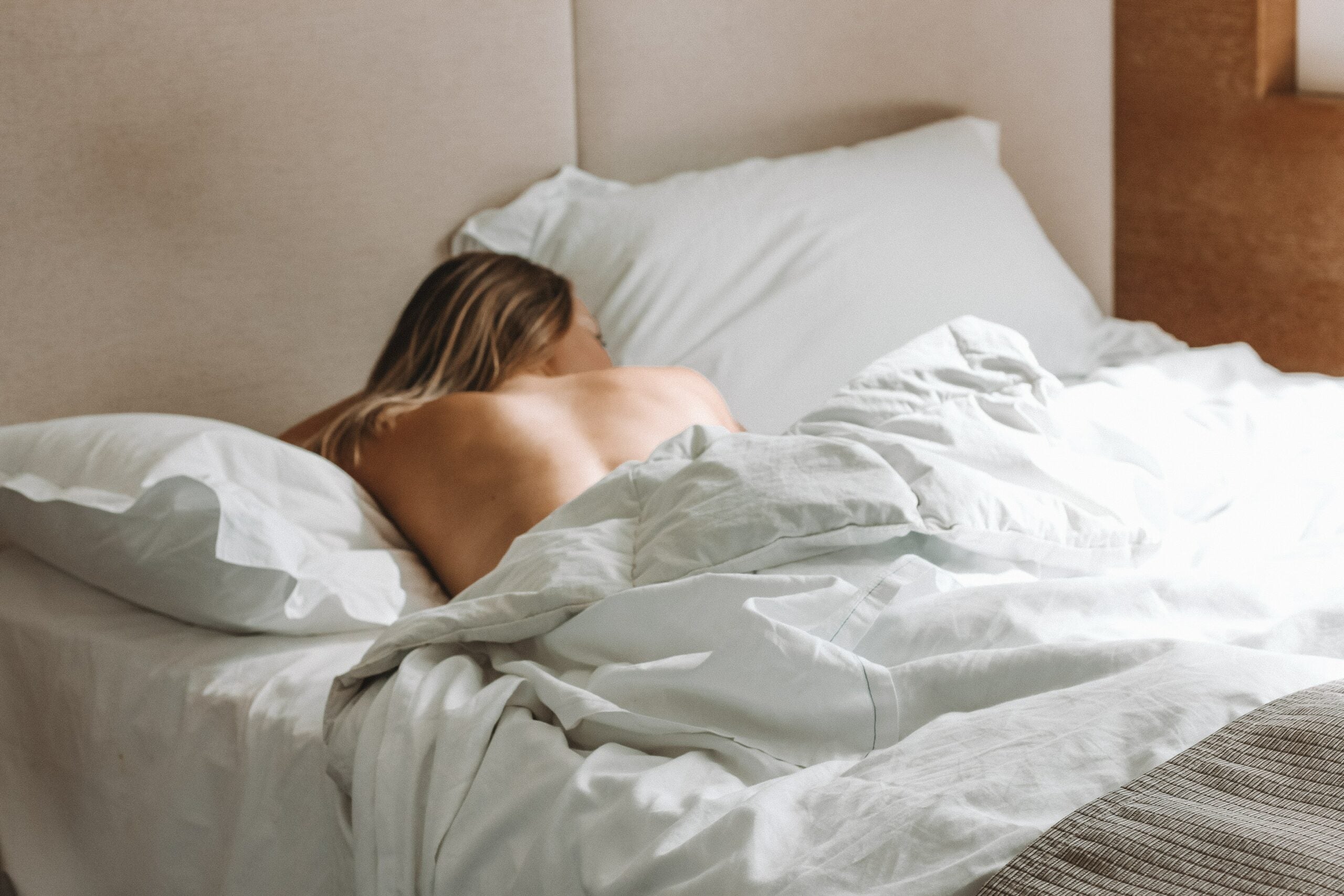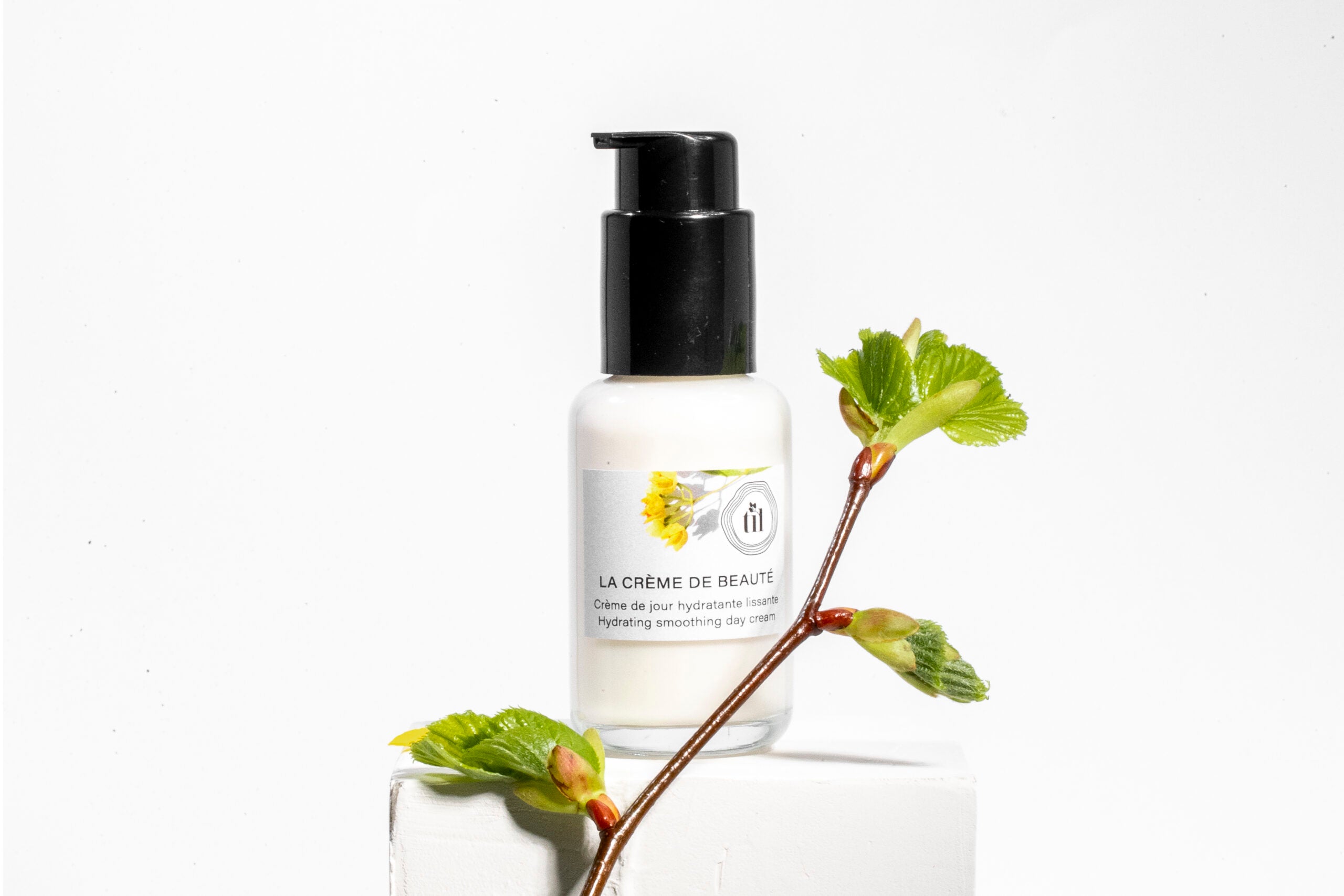
The art of taking a nap
The world is divided into 2 parts, the nap fans … and the others!
Which side are you on? Is it a way of life or a waste of time?
In any case, if ever there was a time for napping, it’s summer!
The siesta has spanned the centuries, inspiring painters (Van Gogh and his harvest couple, as well as Matisse and Millet) and writers alike…
The word comes from siesta (Spanish), from the Latin sexta (hora), meaning the sixth hour, i.e. midday. In fact, it was also called “méridienne”: under Louis XIV, people went to “faire la méridienne”.

But how ?
The siesta is a real ritual, especially for those who go straight to bed, close the curtains and dive in.
Those who can sleep anywhere, outside, in a car, on the floor…
Those who haven’t decided to do so, but who lie limply on a chaise longue after lunch, a book in hand, are going to have a nose dive.
At TiL, we’re more in that category … provided we’re under the generous shade of a linden tree ! Lie down, start reading, then doze off, feel your book fall out of your hands, your eyes dart around, your brain fog, your tensions relax, and then feel yourself leaving, in the warmth of summer, lulled by birdsong, but what ineffable happiness !!!!
How long should it last ?
First of all, it should be taken before 3 p.m. to avoid disrupting nocturnal sleep.
A short nap, ideally 10 to 20 minutes, will boost your energy levels.
On the other hand, longer, more restorative naps are particularly good for memory.
But not too long either, otherwise it disrupts sleep and should be avoided by insomniacs. And above all, you wake up drowsy: a whole cycle is completed, ending in very deep sleep. If you wake up before the end of this cycle, you’re “comatose”! This is what we call “sleep inertia”. So you should aim for 1h30, for alertness, concentration and memory.
Its benefits?
The sacrosanct children’s nap balances mood, and reduces anxiety and hyperactivity.
It also improves learning capacity, as the brain is in pause mode to better process future information. In Japan, nap rooms are available to employees to boost their performance!
It is said that 20 to 30 minutes’ rest a day boosts physical and mental performance by 20%.
It consolidates memory, boosts productivity and creativity, and promotes good mood and well-being, as sleep releases serotonin (the pleasure hormone) in the brain.
It enables physical and mental recovery, and improves all cognitive functions.
It lowers blood pressure.

It boosts the immune system: during a siesta, the brain produces hormones that help the immune system fight infection.
It calms the nervous system and lowers stress levels, thus reducing the risk of cardiovascular disease.
So yes, a siesta is an art of living, at least during the vacations… taking time for yourself, recharging your batteries, giving free rein to your rhythm and the needs of your body and mind, breaking with the frenetic pace of the rest of the year.
And forget about feeling guilty, because we’re more effective after a rest than when we’re fighting fatigue all afternoon.
At TiL, we defend everyone’s right to take a nap, the right to take care of ourselves.
And that’s a true art of living!


